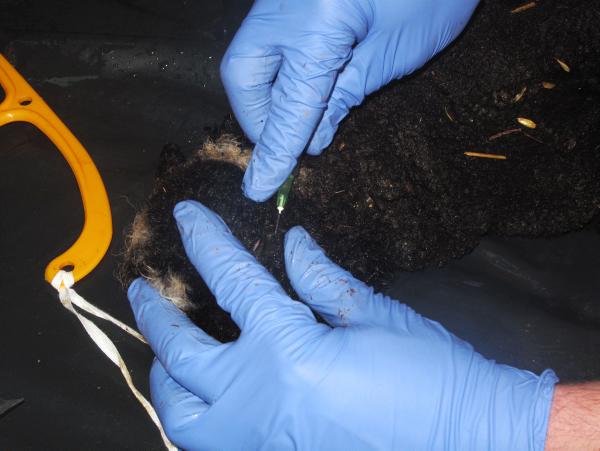In the suckler herds, weaning is ongoing. It is the most critical stage in an animal’s life. Before weaning, calves should be on creep feed for a minimum of three weeks, preferably longer, to minimise the stress of weaning. Well-ventilated sheds will help to prevent pneumonia.
Vaccination against pneumonia may also be considered, particularly if purchasing calves from different sources.
Calves should not be dosed or castrated at housing; let them settle for a few weeks first, and then dose for fluke and worms. Any animal that grazes on land where fluke is present will pick up fluke.
Suckler cows will also need dosing for fluke; however, they may not have a high worm burden, and the necessity to dose them for worms can be assessed by getting a few faecal samples checked.
On the dairy side, cows are being dried off and housed at the moment. These animals will also need dosing. When drying off cows, one must consider the cell count status of the herd. If the cell count is low, then one could consider using teat sealer only. If the cell count is high, a dry cow antibiotic with or without a teat sealer will be necessary. If you are milk recording and know the cell count status of each cow, you’ll be able to select the cows that need antibiotics. I have great faith in teat sealer, as it can protect from environmental bacteria such as E coli and Strep uberis.
Using dry cow tubes and or teat sealer is a two-person job, as cows must be properly restrained for tube insertion, and it is of the utmost importance to avoid any contamination of the teats. They should be properly cleaned with disinfectant swabs or with cotton wool soaked in surgical spirits. If dirt gets in it will cause mastitis in the dry cow.
Choice of antibiotic can be best ascertained by getting a sensitivity test done on a bulk milk sample. Your vet will arrange this and it will take about four days. Take into account the milk withdrawal period of the preparation relative to the expected calving date.
Fintan Graham is principal in a three-vet practice in Mountrath, Co Laois.






 This is a subscriber-only article
This is a subscriber-only article










SHARING OPTIONS: